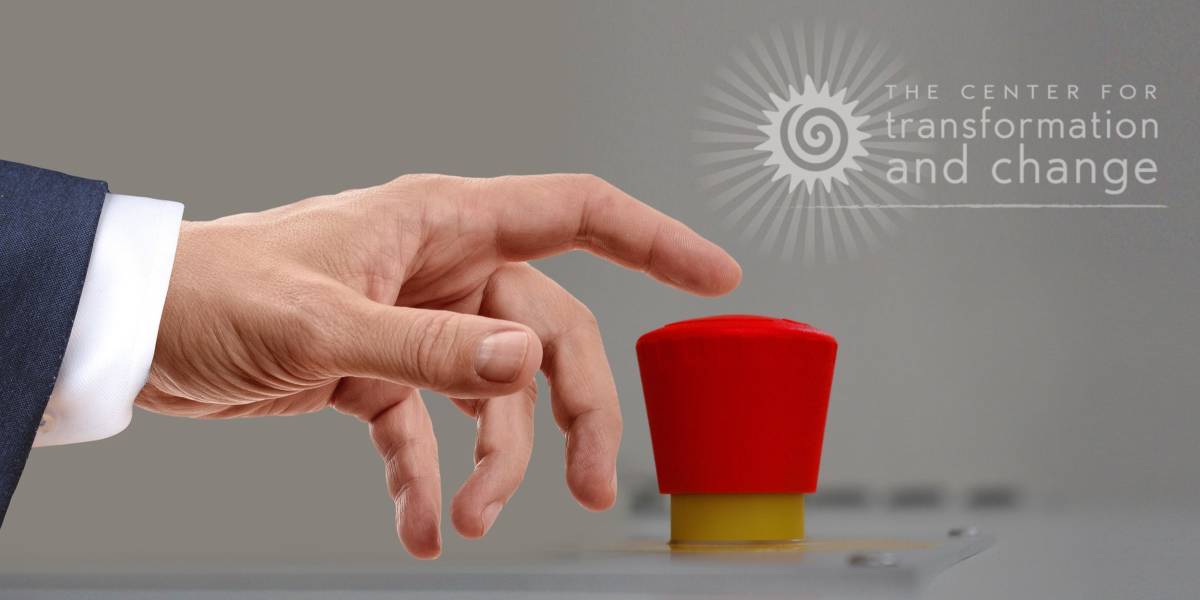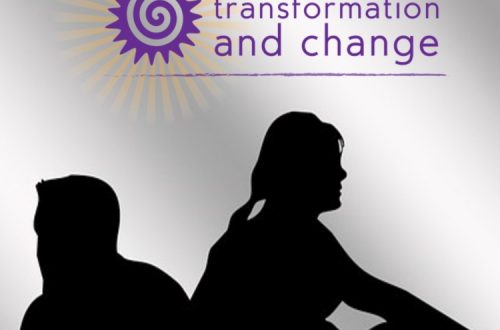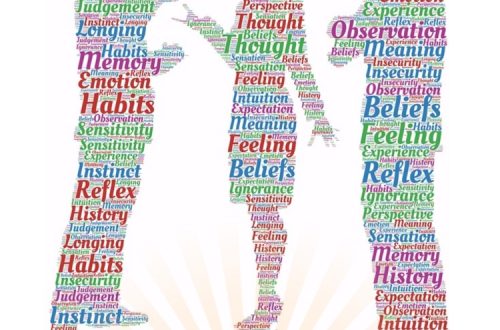Effectively Closing An Emotionally Charged Session
I know you’ve been there.
You presented a workshop where participants were actively engaged and sharing – so much so that when it was time to close the session, you sensed an overwhelm of unchecked emotions in the room.
Can you relate?
I’ve been there, too. You can’t expect participants to simply exit the room and resume their day, as if nothing happened after discussing sensitive and upsetting topics.
So, effectively plan the last 10 or 15 minutes of your session – allow people time to gather their emotions and feelings so that they can move forward.
Moving them forward moves them towards deeper introspection and a sense of closure.
The Ending Is As Important As The Beginning
Even after a session is winding down, people can re-trigger themselves. They need to have time to breathe, to collect themselves, before merging back into their day.
That’s why planning the last portion of a workshop is so important. That’s when I utilize SAGA, a model I first learned from staff at Ohio State University:
Share – Analyze – Generalize – Apply
It’s a skill set I use to debrief activities.
I ask everyone to write down how they’re feeling. There’s great power in putting your thoughts on paper – you’re getting your thoughts out of yourself, then you can observe yourself.
After they’ve written their thoughts down, I ask them to turn to a partner and share how they’re feeling and the impact of this powerful conversation.
By reflecting on the conversation, it gets them separated a little from the re-triggered emotions. After writing and sharing, I tell them to take a few deep breaths and then ask “What’s been the impact of all this?”
Now, the entire group can reflect, and there is great healing in that.
Moving Forward After Emotional Triggers
Envisioning is a way to move forward after being emotionally triggered.
When you’ve completed a particularly challenging conversation, where much was shared and emotions exposed, asking participants to envision what kind of world they would like to see is an important healing tool.
As an example, a trainer was presenting Holocaust education support for educators. As she was concluding her session, she sensed the group was overwhelmed with emotion…understandably so. After exposure to dialogue on such horrific genocide, I would ask the group to write out:
- What kind of world would they like to see?
- What is their wish, their vision, for the future?
- What do they never want to see or experience again?
I like to use brightly colored card paper for participants to write down their wishes. After they write their hopes down, trade them around the room, ask people to read five or ten aloud. It’s a different way for people to envision and energetically it may shift – and lift – people’s emotions.
You need to provide an ending to a session, to have conversations about impact, insights, and where to go from here. Without that, it leaves people’s emotions open and exposed – and that can have unexpected, possibly painful results.
I know. I experienced it. And it took a while to recover.
When You Share Words, You Share Energy Too
When you are presenting a potentially emotional session, such as sexual assault or racism, it is helpful to let the participants know at the start that the last half hour or so of the workshop will be for sharing the lessons learned and how to bring them into their work environment.
I heard the phrase “Even though we’re just sharing words, we’re also sharing the energy behind the words, and that can really be unsettling.”
Words – and how they’re said – have such deep impact on us.
Check The Emotional Barometer
Near the end of the session, ask the group:
What’s the intensity of your emotions right now?
Ask folks to close their eyes and say a number out loud.
If you’re hearing high numbers, do stress releasing activities, such as breathing or stretching, or asking them to visualize the world they want to create, or how groups could come together to create a better world.
When folks find themselves in an emotionally charged situation, make suggestions such as:
- Take slow, deep breaths
- Drink water before you speak
- Write down a response before you say anything
- Don’t hit ‘send’ on an email immediately
- Take a short time out before responding
These are simple, important ways to allow yourself that ‘space’ needed. As a result, you don’t just react – you thoughtfully respond.
“With awareness there comes choice. And so you are able to say: ‘I allow this moment to be as it is’. And then, suddenly, where before there was irritation, there is now a sense of aliveness and peace. And out of that comes right action.”
-Eckhart Tolle
Get more smart strategies and the tools you need to accelerate learning and organizational change when you enroll in my comprehensive course, Designing & Facilitating Powerful Workshops on Equity, Inclusion & Social Justice.
Here’s the link to explore how your organization will benefit from this intense training program: https://drkathyobear.com/facilitationcourse/




